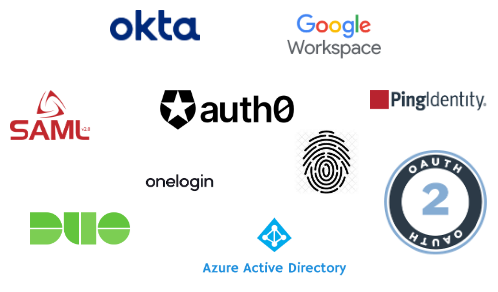Identity and Access Management
Jun 16 2023

What is Identity and Access Management?
Information is a valuable asset in this digital era, organizations must prioritize the protection of this sensitive data. Identity and Access Management (IAM) is a crucial discipline that aims to manage user identities, enforcing access controls. In this post, we will delve into the concept of IAM, explore its key components, and highlight the benefits its offers.
Identity and Access Management(IAM) encompasses the policies, technologies, and processes used to manage digital identities. It involves the authentication, authorization, and management of user identities.
Key Components?
- Authentication
Authentication is verifying the identity of a user or device that accesses a system or resource. Authentication is the proof of identity. IAM systems use a variety of mechanisms, the well-known is using passwords, multi-factor authentication (MFA), and new ones passwordless, biometrics, and security tokens. These methods ensure that only authorized individuals can gain access to specific resources.
- Authorization
Once a user's identity is verified, Authorization takes place. Authorization is the process of accessing resources. For example, access to a database is forbidden but access to an email server is granted. Authorization is about access level to resources.
- Lifecycle
IAM system manages user identity, which involves creating, modifying, and deleting user accounts and access rights. Also, password reset and account deactivation are parts of the lifecycle.
- Single Sign-On(SSO)
SSO enables users to access multiple systems using a single credential with single provider. Instead of remembering multiple usernames and passwords, users can authenticate with the same provider. Well-known examples are authenticating with Google, Linkedin, or other providers.
Benefits of IAM
- Strengthened Security
IAM plays a critical role in securing assets. Zero Trust Security starts with IAM.
- Improved Productivity and User Experience
IAM systems streamline access to resources and using a provider reduces the time and effort spent on managing user accounts and access permissions.
- Regulatory Compliance
Many industries are subject to regulatory requirements regarding data privacy and security. IAM provides the necessary controls and audit trails to demonstrate compliance with regulations such as the General Data Protection Regulation (GDPR) or the Health Insurance Portability and Accountability Act (HIPAA).
- Simplified Administration
IAM centralizes user management, making it easier for administrators to manage access rights, track user activity, and enforce security policies across multiple systems and applications.
Conclusion
Identity and Access Management(IAM) is a fundamental discipline for organizations. The Zero Trust Security model starts with an IAM module or application. As the digital landscape continues to evolve, IAM will remain a critical component of modern security strategies.
FerrumGate supports a local provider and supports well know providers like, Google, Linkedin, Auth0, Azure AD, and many more.